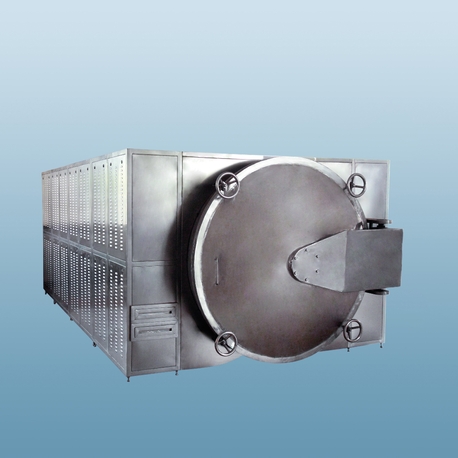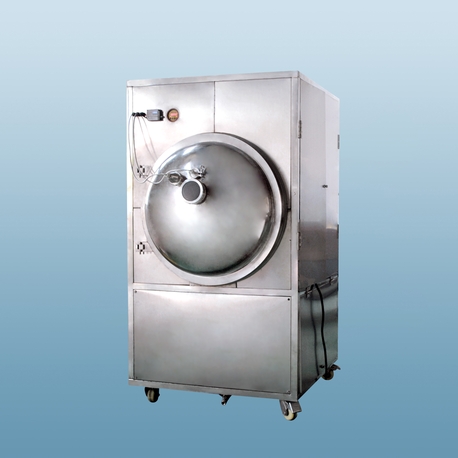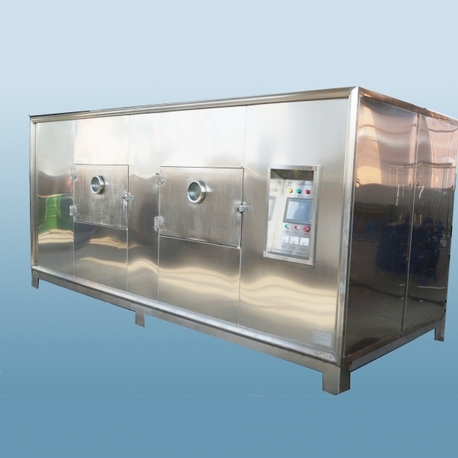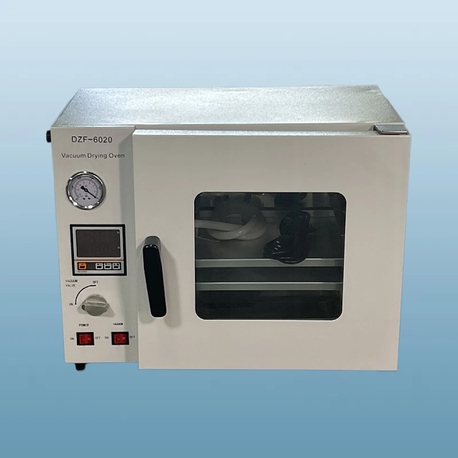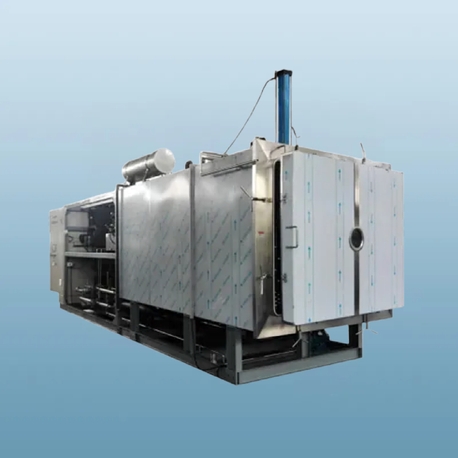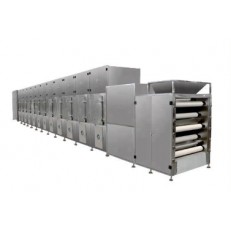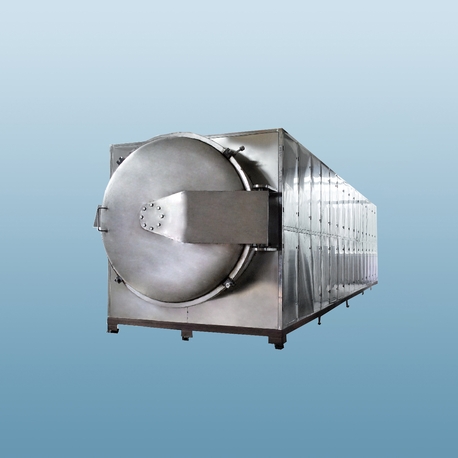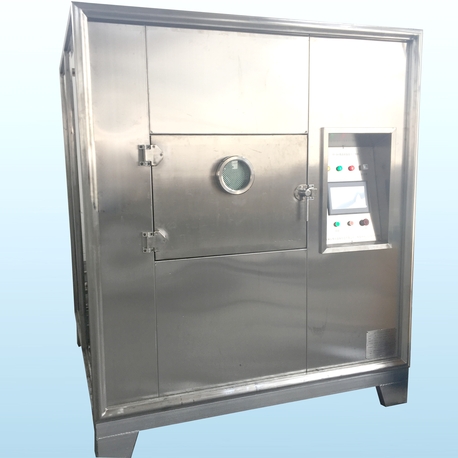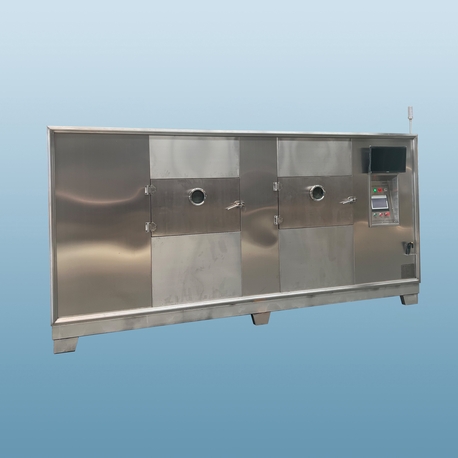In the competitive world of food processing, achieving efficient preservation and quality control is paramount. One of the most critical technologies driving this sector is food dry systems, which remove moisture from food products to extend shelf life, enhance safety, and reduce waste. Industrial and commercial applications demand robust, scalable solutions that can handle high volumes while maintaining nutritional integrity. This article delves into the core aspects of food dry technology, providing actionable insights for businesses looking to optimize their operations. From understanding the basics to implementing advanced techniques, we cover everything you need to know about food dry processes in the context of international industrial drying machinery. Whether you're involved in producing dried fruits, vegetables, meats, or other goods, mastering food dry methods can significantly boost your bottom line and market competitiveness.
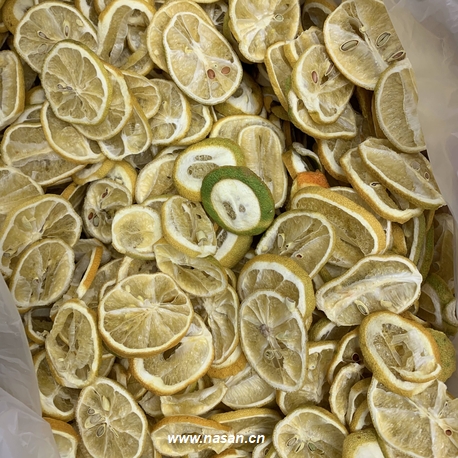
What Is Food Dry and Its Importance in Industrial Applications
Food dry refers to the process of removing water from food items through various methods, such as heating, air circulation, or vacuum technology. In industrial settings, this is not merely about dehydration; it involves precise control over temperature, humidity, and airflow to achieve consistent results. The importance of food dry in commercial operations cannot be overstated. It helps in preserving food by inhibiting microbial growth, which reduces spoilage and extends product shelf life. Moreover, food dry techniques enable easier storage and transportation, cutting down on logistics costs and environmental impact. For industries ranging from agriculture to pharmaceuticals, where dried ingredients are essential, implementing effective food dry systems ensures compliance with international safety standards and meets consumer demand for high-quality, long-lasting products. By integrating advanced food dry machinery, businesses can also enhance product diversity, creating value-added items like snacks, powders, and ingredients for further processing.
Types of Food Dry Systems Used in Commercial Settings
In the realm of industrial drying, several types of food dry systems are employed, each tailored to specific product requirements and operational scales. Common systems include convective dryers, which use hot air to evaporate moisture—ideal for bulk items like grains and fruits. Another popular method is freeze-drying, or lyophilization, which involves freezing the food and then reducing the surrounding pressure to remove ice by sublimation; this is often used for high-value products such as coffee and berries due to its ability to preserve nutrients and flavor. Additionally, spray drying is widely used for liquid-based foods like milk and juices, transforming them into powders through atomization and rapid drying. Infrared and microwave drying systems offer faster, more energy-efficient options for certain applications, reducing processing times while maintaining quality. Selecting the right food dry system depends on factors like product type, desired moisture content, and production capacity, making it crucial for businesses to assess their needs thoroughly. By understanding these variations, companies can invest in food dry equipment that maximizes efficiency and output.
Benefits of Implementing Industrial Food Dry Machines
Adopting industrial food dry machines brings numerous advantages to commercial operations. Firstly, they significantly improve efficiency by automating the drying process, allowing for continuous operation and higher throughput compared to manual methods. This leads to reduced labor costs and minimized human error. Secondly, food dry technology enhances product quality and consistency, as precise controls ensure uniform drying without overcooking or nutrient loss. This is vital for maintaining brand reputation and meeting regulatory requirements. Thirdly, these systems contribute to sustainability by reducing food waste—a major global issue—and often incorporating energy-saving features like heat recovery systems. For instance, modern food dry machines can recycle thermal energy, lowering operational costs and environmental footprint. Additionally, by extending shelf life, businesses can expand their market reach to regions with limited refrigeration infrastructure. Overall, investing in reliable food dry equipment not only boosts profitability but also supports broader goals like resource conservation and food security.
Key Factors in Choosing the Right Food Dry Equipment
Selecting appropriate food dry equipment is a critical decision that impacts long-term operational success. Several factors must be considered to ensure the chosen system aligns with business objectives. Capacity and scalability are primary concerns; for high-volume producers, industrial-grade food dry machines with modular designs allow for easy expansion. Energy efficiency is another key aspect, as drying processes can be energy-intensive. Look for equipment with certifications like ISO standards, which often include benchmarks for low power consumption and environmental compliance. The type of food product also dictates the choice—for example, delicate items like herbs may require gentler methods like vacuum drying to avoid degradation. Moreover, ease of maintenance and availability of spare parts should be evaluated to minimize downtime. It's advisable to consult with manufacturers who specialize in food dry technology and provide after-sales support. By conducting thorough trials and cost-benefit analyses, businesses can identify food dry systems that offer the best return on investment while adhering to safety and quality norms.
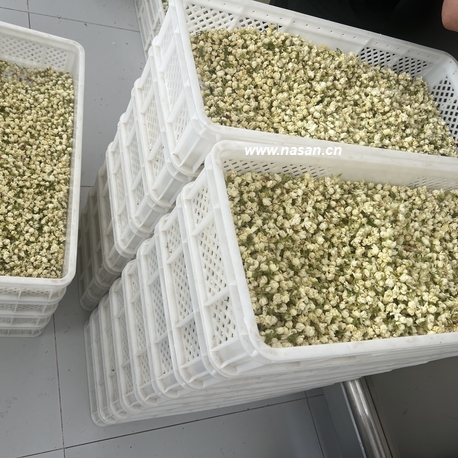
Best Practices for Operating Food Dry Systems
To maximize the effectiveness of food dry processes, adhering to best practices is essential. Start with proper preparation of raw materials, such as washing, slicing, or blanching, to ensure even drying and prevent contamination. Monitoring and controlling parameters like temperature, airflow, and humidity during operation is crucial; using automated sensors and data loggers can help maintain optimal conditions and prevent issues like case hardening, where the outer layer dries too quickly. Regular calibration of food dry equipment ensures accuracy and consistency, reducing the risk of product recalls. Additionally, implementing a routine maintenance schedule—including cleaning, inspecting components, and replacing worn parts—prolongs the lifespan of machinery and maintains efficiency. Training staff on safe operation and troubleshooting common problems, such as uneven drying or equipment malfunctions, further enhances productivity. By integrating these practices, companies can achieve higher yields, better quality control, and smoother food dry operations in industrial environments.
Common Challenges and Solutions in Food Dry Processes
Despite the benefits, food dry processes can present challenges that affect output and quality. One common issue is non-uniform drying, where some parts of the product retain moisture while others become overly dry. This can be addressed by optimizing airflow distribution and using food dry systems with adjustable settings. Another challenge is energy consumption, which can strain budgets and environmental goals. Solutions include upgrading to energy-efficient models, incorporating renewable energy sources, or using hybrid drying technologies. Contamination risks, such as microbial growth during slow drying, require strict hygiene protocols and real-time monitoring. Additionally, equipment wear and tear in high-temperature environments may lead to frequent breakdowns; preventive maintenance and using durable materials can mitigate this. By proactively identifying these challenges and applying targeted solutions, businesses can enhance the reliability and performance of their food dry operations, ensuring consistent results in commercial applications.
Future Trends in Food Dry Technology for Industrial Use
The future of food dry technology is shaped by innovations aimed at efficiency, sustainability, and smart automation. Emerging trends include the integration of Internet of Things (IoT) devices, which enable real-time monitoring and predictive maintenance for food dry systems. This allows operators to adjust parameters remotely and reduce downtime. Another advancement is the development of hybrid drying methods that combine techniques like microwave and hot air drying to speed up processes while preserving quality. Sustainability is a major driver, with research focusing on using solar energy and waste heat recovery in food dry machines to minimize carbon footprints. Additionally, there is growing interest in personalized drying solutions for niche markets, such as organic or gluten-free products, requiring flexible equipment designs. As consumer demand for natural and minimally processed foods rises, these trends will push the industry toward more adaptive and eco-friendly food dry technologies, helping businesses stay competitive globally.
Frequently Asked Questions About Food Dry
Q1: What is the typical energy consumption of an industrial food dry machine?
A1: The energy consumption of an industrial food dry machine varies based on the type and scale, but modern systems often incorporate energy-efficient designs, such as heat recovery, to reduce usage. On average, convective dryers might consume between 500 to 2000 kWh per ton of product, while advanced methods like heat pump drying can cut this by up to 50%. It's best to consult with manufacturers for specific metrics related to your food dry setup.
Q2: How does food dry affect the nutritional value of products?
A2: When properly controlled, food dry processes can retain most nutrients, though some heat-sensitive vitamins like vitamin C may degrade. Methods like freeze-drying are excellent for preserving nutritional content due to lower temperatures. Overall, food dry technology aims to balance shelf life extension with nutrient retention, and best practices include using optimal drying times and temperatures to minimize losses.
Q3: What maintenance is required for commercial food dry equipment?
A3: Regular maintenance for commercial food dry equipment includes cleaning filters and ducts to prevent blockages, inspecting heating elements and fans for wear, and calibrating sensors for accuracy. Scheduled servicing every few months, depending on usage, helps avoid breakdowns. Always follow the manufacturer's guidelines to ensure your food dry system operates efficiently and safely.
Q4: Can food dry systems handle all types of food products?
A4: While food dry systems are versatile, they are not one-size-fits-all. Different foods require specific drying conditions; for example, fruits with high sugar content might need lower temperatures to avoid caramelization. It's essential to choose a food dry method suited to your product's characteristics, such as moisture content and sensitivity, to achieve the best results.
Q5: What are the cost considerations when investing in a food dry machine?
A5: Investing in a food dry machine involves upfront costs for equipment, installation, and training, as well as ongoing expenses like energy, maintenance, and potential upgrades. Prices can range from $10,000 for basic models to over $100,000 for advanced systems. Consider factors like ROI through reduced waste and increased production capacity when evaluating food dry investments for your business.
In conclusion, food dry technology is a cornerstone of modern industrial and commercial food processing, offering numerous benefits from preservation to sustainability. By understanding its aspects—from system types to operational best practices—businesses can leverage food dry solutions to enhance efficiency and meet market demands. As the industry evolves, staying informed about trends and addressing common challenges will be key to success. If you're considering integrating or upgrading food dry systems, assess your needs carefully and seek expert advice to ensure optimal outcomes.


